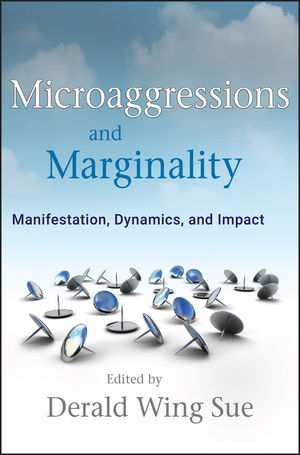Gender, Race and Religion in the Colonization of the AmericasPosted in Anthologies, Books, Brazil, Canada, Caribbean/Latin America, History, Media Archive, Religion, United States, Women on 2011-03-01 04:45Z by Steven |
Gender, Race and Religion in the Colonization of the Americas
Ashgate Publishing
July 2007
218 pages
219 x 153 mm
Hardback ISBN: 978-0-7546-5189-5
Edited by
Nora E. Jaffary, Associate Professor of History
Concordia University, Montreal, Canada
When Europe introduced mechanisms to control New World territories, resources and populations, women-whether African, indigenous, mixed race, or European-responded and participated in multiple ways. By adopting a comprehensive view of female agency, the essays in this collection reveal the varied implications of women’s experiences in colonialism in North and South America.
Although the Spanish American context receives particular attention here, the volume contrasts the context of both colonial Mexico and Peru to every other major geographic region that became a focus of European imperialism in the early modern period: the Caribbean, Brazil, English America, and New France. The chapters provide a coherent perspective on the comparative history of European colonialism in the Americas through their united treatment of four central themes: the gendered implications of life on colonial frontiers; non-European women’s relationships to Christian institutions; the implications of race-mixing; and social networks established by women of various ethnicities in the colonial context.
This volume adds a new dimension to current scholarship in Atlantic history through its emphasis on culture, gender and race, and through its explicit effort to link religion to the broader imperial framework of economic extraction and political domination.
Table of Contents
- Introduction: Contextualizing race, gender, and religion in the New World Nora E. Jaffary
- Part 1: Frontiers
- 2. Women as go-betweens? Patterns in 16th-century Brazil Alida C. Metcalf
- 3. Gender and violence: conquest, conversion, and culture on new Spain’s imperial frontier Bruce A. Erickson
- 4. The very sinews of a new Colony: demographic determinism and the history of early Georgia women, 1732–52 Ben Marsh
- Part 2: Female Religious
- 5. The convent as missionary in 17th-century France Susan Broomhall
- 6. ‘Although I am black, I am beautiful’: Juana Esperanza de San Alberto, Black Carmelite of Puebla Joan C. Bristol
- 7. Andean women in religion: Beatas, ‘decency’, and the defense of honour in colonial Cuzco Kathryn Burns
- Part 3: Race Mixing
- 8. Incest, sexual virtue, and social mobility in late colonial Mexico Nora E. Jaffary
- 9. ‘An empire founded on libertinage’: The mulâtresse and colonial anxiety in Saint Domingue
Yvonne Fabella - 10. Mediating Mackinac: métis women’s cultural persistence in the Upper Great Lakes Bethany Fleming
- Part 4: Networks
- 11. Circuits of knowledge among women in early-17th-century Lima Nancy E. van Deusen
- 12. Waters of faith, currents of freedom: gender, religion, and ethnicity in inter-imperial trade between Curaçao and Tierra Firme Linda M. Rupert
- Afterword
- Women in the Atlantic world
- Patricia Seed
- Bibliography
- Index
Read the introduction here.









